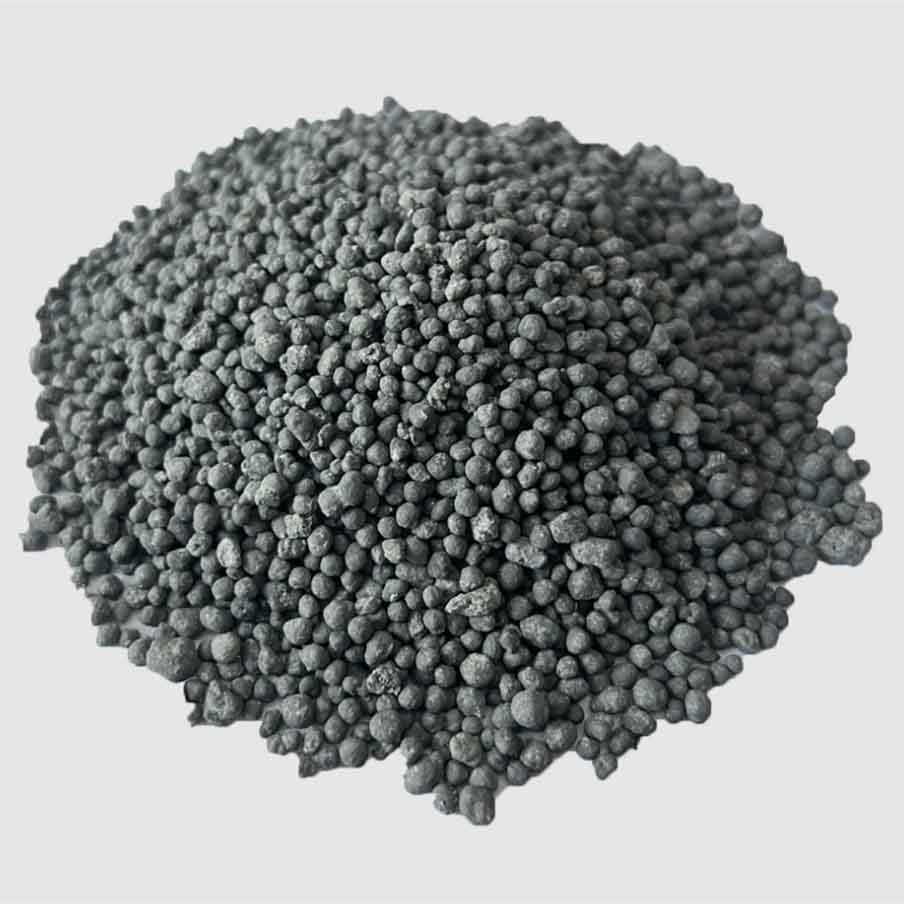
Dec . 23, 2024 10:42 Back to list
Exploring Nutrient Ratios in Fertilizers for Optimal Plant Growth and Health
Understanding NPK Fertilizers A Deep Dive into NPK 4-8-12
Fertilizers play a crucial role in modern agriculture, providing essential nutrients to crops and enhancing soil fertility. Among the various types of fertilizers available, NPK fertilizers are widely recognized for their balanced nutrient composition, represented by three numbers that signify the ratio of nitrogen (N), phosphorus (P), and potassium (K). In this article, we will explore the specific NPK formula 4-8-12, investigating its components, uses, and benefits.
What Does NPK 4-8-12 Mean?
The three numbers in the NPK formula represent the percentage of each nutrient contained in the fertilizer. In the case of NPK 4-8-12, the ratios indicate 4% nitrogen, 8% phosphorus, and 12% potassium. This specific formulation is designed to optimize plant growth and ensure that crops receive the essential nutrients they need in the right proportions.
1. Nitrogen (N) — 4% Nitrogen is vital for plant growth as it is a critical component of amino acids, proteins, and chlorophyll. It promotes healthy leaf and stem development, enhancing the overall vegetative growth of plants. While 4% might seem modest, NPK 4-8-12 is typically used where moderate nitrogen levels are required, such as in certain flowering and root development stages.
2. Phosphorus (P) — 8% Phosphorus plays an essential role in energy transfer and the photosynthesis process. It contributes to strong root systems and flower and fruit development. The 8% phosphorus in this formula is particularly beneficial for plants during their early growth stages and when they are setting blooms or fruits.
3. Potassium (K) — 12% Potassium is often referred to as the 'quality nutrient.' This element helps regulate various physiological processes in the plant, including water uptake, enzyme activation, and photosynthesis. A higher potassium level, like that in NPK 4-8-12, is beneficial for flowering plants and fruit-bearing crops, helping them produce healthier yields.
Applications of NPK 4-8-12 Fertilizer
npk 12 4 8

NPK 4-8-12 is commonly used in various agricultural and horticultural applications, particularly for plants that require a boost in flowering and fruiting. This makes it an excellent choice for flowering shrubs, fruit trees, and vegetable gardens. Gardeners often turn to this formula when they want to encourage robust blooms and abundant fruiting, making it a popular choice during the growing season.
The fertilizer can be applied in several ways, including granular, liquid, or as part of a fertigation system where nutrients are delivered through irrigation systems. Regardless of the application method, it is essential to follow the recommended dosages to avoid over-fertilization, which can harm plants and the environment.
Benefits of Using NPK 4-8-12
Using NPK 4-8-12 offers numerous benefits for growers
- Balanced Nutrition It provides a balanced supply of essential nutrients that promote healthy plant growth and development. - Enhanced Flowering and Fruiting The higher phosphorus and potassium levels support vigorous flowering and increased yield. - Versatility Suitable for a range of crops, including vegetables, flowers, and fruit-bearing plants. - Easy to Use Available in various forms, making it simple for both professional farmers and home gardeners to apply.
Conclusion
NPK fertilizers like 4-8-12 serve as essential tools for fostering healthy plant growth and maximizing agricultural productivity. By understanding the nutrient composition and appropriate applications of NPK 4-8-12, farmers and gardeners alike can make informed choices that lead to thriving plants and bountiful harvests. Proper use of this fertilizer not only enhances the performance of crops but also contributes to sustainable agricultural practices by ensuring that crops receive the nutrients they require at critical growth stages.
-
Premium Amino Acid Fertilizer | Rapid Plant Growth Booster
NewsJul.31,2025
-
10 10 10 Fertilizer Organic—Balanced NPK for All Plants
NewsJul.30,2025
-
Premium 10 10 10 Fertilizer Organic for Balanced Plant Growth
NewsJul.29,2025
-
Premium 10 10 10 Fertilizer Organic for Balanced Plant Growth
NewsJul.29,2025
-
Premium 10 10 10 Fertilizer Organic for Balanced Plant Growth
NewsJul.29,2025
-
50 Pound Bags of 13-13-13 Fertilizer for All Plants – Bulk & Organic Options
NewsJul.28,2025
